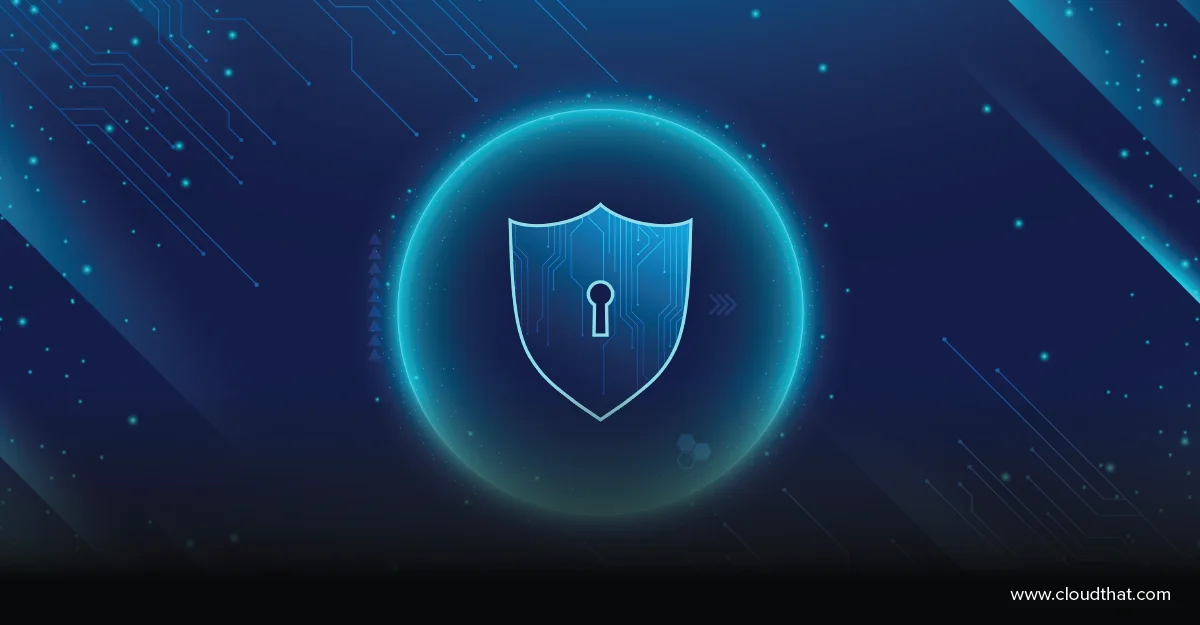|
Voiced by Amazon Polly |
Overview
In the realm of serverless computing, AWS Lambda and Amazon API Gateway stand as fundamental pillars, offering developers unparalleled flexibility and scalability in building and deploying applications. However, with great power comes great responsibility, especially in terms of security. AWS Identity and Access Management (IAM) serves as the bedrock for ensuring the integrity and confidentiality of serverless architectures.
Pioneers in Cloud Consulting & Migration Services
- Reduced infrastructural costs
- Accelerated application deployment
Understanding AWS IAM Roles and Policies
These permissions are defined within AWS IAM policies, which specify the actions allowed or denied on AWS resources. When a Lambda function or Amazon API Gateway endpoint is invoked, it assumes an AWS IAM role, granting it the necessary privileges to interact with other AWS services.
AWS IAM Roles for AWS Lambda
AWS IAM roles play a pivotal role in securing AWS Lambda functions. When creating or updating the AWS Lambda function, developers have the option to specify an AWS IAM role for the function’s execution. This role dictates the AWS resources the function can access and the actions it can perform. Leveraging AWS IAM roles enables developers to adhere to the principle of least privilege, ensuring that AWS Lambda functions only have access to the resources required for their intended functionality.
Key Considerations for AWS IAM Roles with AWS Lambda
- Fine-Grained Permissions: Craft AWS IAM policies with granular permissions tailored to the specific needs of each Lambda function. Avoid granting excessive privileges that could potentially lead to security vulnerabilities.
- Cross-Account Access: Utilize AWS IAM roles to facilitate cross-account access, allowing Lambda functions to interact with resources residing in different AWS accounts while maintaining a strong security posture.
- Temporary Credentials: Leverage AWS IAM’s capability to generate temporary security credentials for AWS Lambda functions, reducing the risk of credential exposure and unauthorized access.
AWS IAM Policies for Amazon API Gateway
Amazon API Gateway acts as the front door to serverless applications, providing a managed interface for clients to interact with backend services. Securing Amazon API Gateway endpoints involves defining AWS IAM policies that govern access control and authorization. AWS IAM policies associated with Amazon API Gateway resources specify which AWS IAM users, roles, or groups are authorized to invoke API methods and manage API configurations.
Advanced AWS IAM Features for Amazon API Gateway
- Resource Policies: Implement resource-based policies to control access to Amazon API Gateway resources at a more granular level, allowing for fine-grained access control based on IP address, VPC endpoint, or HTTP method.
- Custom Authorizers: Integrate custom authorizers with Amazon API Gateway to enforce additional authentication mechanisms, such as OAuth tokens or JSON Web Tokens (JWTs), before granting access to API methods.
- Usage Plans and API Keys: Employ AWS IAM policies to manage usage plans and API keys, enabling rate limiting and access throttling for API consumers while safeguarding against abuse and overuse of resources.
AWS IAM Security Considerations for Multi-Environment Deployments
Ensuring security across diverse cloud environments is essential for safeguarding sensitive data and maintaining operational integrity. Here are key AWS IAM security considerations to address when managing multi-environment deployments:
- Environment-Specific Permissions: Tailor AWS IAM policies to each environment’s specific requirements, granting permissions only to resources and actions necessary for that environment’s workload.
- Consistent AWS IAM Policies: Maintain consistency in AWS IAM policies across different environments to ensure uniform access controls and minimize the risk of misconfigurations.
- Least Privilege Principle: Adhere to the principle of least privilege by granting users and resources the minimum level of access required to perform their tasks in each environment, reducing the potential attack surface.
- Cross-Account Access: Utilize AWS IAM roles and cross-account access to facilitate secure interactions between resources in different environments while maintaining strong isolation between them.
- Regular Auditing and Monitoring: Enable AWS CloudTrail logging for all environments to capture AWS IAM activity and changes to policies, allowing for timely detection and response to security incidents or policy violations.
Role-Based Access Control (RBAC) in Serverless Environments
Implementing Role-Based Access Control (RBAC) is crucial for managing access to serverless resources efficiently and securely. By adhering to RBAC principles, organizations can ensure that users have appropriate permissions based on their roles and responsibilities. Here’s how RBAC can be implemented effectively in serverless environments:
- Granular Access Control: Implement RBAC principles to assign permissions based on users’ roles and responsibilities within the organization, allowing for fine-grained access control to serverless resources.
- Role Hierarchy: Define a role hierarchy that reflects the organizational structure and relationships between different roles, enabling inheritance of permissions and simplifying management of access control policies.
- Role Aggregation: Aggregate roles based on common permissions or functional requirements, simplifying the assignment of permissions to users and reducing the complexity of access control policies.
- Dynamic Role Assignment: Implement mechanisms for dynamically assigning roles based on contextual factors such as user attributes, resource attributes, or environmental conditions, allowing for adaptive access control in serverless environments.
Conclusion
In the dynamic landscape of serverless computing, AWS IAM emerges as a critical component for safeguarding the integrity and confidentiality of AWS Lambda and Amazon API Gateway resources. By mastering the art of managing permissions through AWS IAM roles and policies, developers can fortify their serverless architectures against security threats while unlocking the full potential of cloud-native application development.
Drop a query if you have any questions regarding AWS IAM and we will get back to you quickly.
Making IT Networks Enterprise-ready – Cloud Management Services
- Accelerated cloud migration
- End-to-end view of the cloud environment
About CloudThat
CloudThat is an award-winning company and the first in India to offer cloud training and consulting services worldwide. As a Microsoft Solutions Partner, AWS Advanced Tier Training Partner, and Google Cloud Platform Partner, CloudThat has empowered over 850,000 professionals through 600+ cloud certifications winning global recognition for its training excellence including 20 MCT Trainers in Microsoft’s Global Top 100 and an impressive 12 awards in the last 8 years. CloudThat specializes in Cloud Migration, Data Platforms, DevOps, IoT, and cutting-edge technologies like Gen AI & AI/ML. It has delivered over 500 consulting projects for 250+ organizations in 30+ countries as it continues to empower professionals and enterprises to thrive in the digital-first world.
FAQs
1. What is Role-Based Access Control (RBAC) in serverless environments?
ANS: – RBAC restricts system access based on users’ roles. In serverless setups, it assigns specific permissions to roles, ensuring users access only what’s necessary for their roles.
2. How is RBAC enforced in AWS Lambda and Amazon API Gateway?
ANS: – In AWS Lambda, AWS IAM roles dictate functions’ permissions. Similarly, Amazon API Gateway uses AWS IAM policies to control access to API methods based on users’ roles.

WRITTEN BY Deepak Kumar Manjhi
Deepak Kumar Manjhi works as a Research Associate (Data & AIoT) at CloudThat, specializing in AWS Data Engineering. With a strong focus on cloud-based data solutions, Deepak is building hands-on expertise in designing and implementing scalable data pipelines and analytics workflows on AWS. He is committed to continuously enhancing his knowledge of cloud computing and data engineering and is passionate about exploring emerging technologies to broaden his skill set.


 Login
Login


 June 18, 2024
June 18, 2024 PREV
PREV










Comments